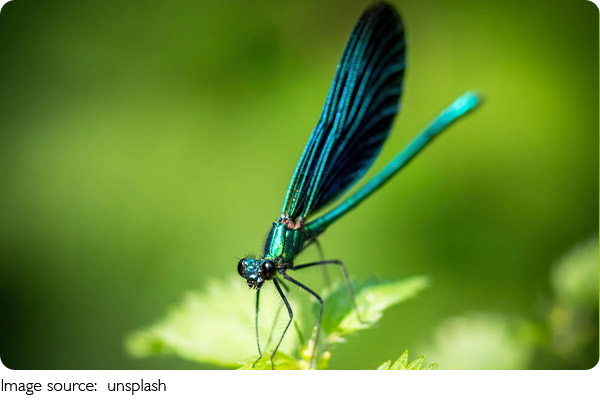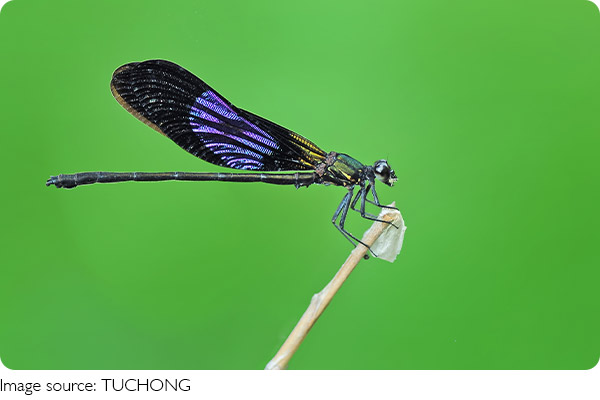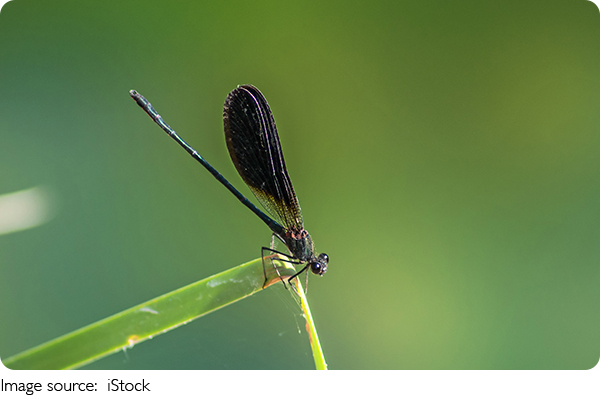Damselfly Wonders

Have you ever stopped to notice the delicate, colorful insects hovering near water? Those are damselflies, small but stunning creatures that often get overlooked despite their beauty. Today, we invite you to dive with us into the fascinating world of damselflies — how they live, what makes them unique, and why they matter.
If you’ve ever wondered about the differences between damselflies and their close relatives, dragonflies, or wanted to know why damselflies attract so many nature lovers, you’re in the right place. Let’s explore together!
What Exactly Are Damselflies?
Damselflies belong to the insect order Odonata and specifically to the suborder Zygoptera, which means “equal wings.” They are carnivorous insects, known for their slender bodies, bright colors, and graceful flight. Unlike dragonflies, which belong to a different suborder (Anisoptera), damselflies have forewings and hindwings that are nearly the same size and shape. Their compound eyes are placed widely apart on each side of their head, giving them a distinct look. Their mouthparts are designed for chewing, and their antennae are short and bristle-like.

Life Underwater: The Nymph Stage
Before they become the flying beauties we see, damselflies spend their youth underwater as nymphs. These aquatic larvae are flattened sideways and have leaf-shaped gills at the end of their abdomens. These gills help them breathe and swim in their watery habitats, often hiding among plants or stones to avoid predators. This stage can last for months or even years depending on the species. The nymph’s life underwater plays a crucial role in cleaning freshwater ecosystems by feeding on small aquatic animals.
How to Tell Damselflies Apart from Dragonflies?
Many people confuse damselflies with dragonflies because they look somewhat similar and both belong to the same insect order. However, there are several key differences:
- Eyes: Dragonflies’ large compound eyes usually touch or nearly touch at the top of their head, while damselflies have eyes set far apart, almost like tiny dumbbells.
- Wings: Dragonflies have differently sized forewings and hindwings, making their flight powerful and fast. Damselflies have nearly identical forewings and hindwings, which results in a slower, more fluttery flight.
- Body Shape: Damselflies have thin, stick-like abdomens, whereas dragonflies have thicker and more flattened bodies.
- Resting Position: When resting, dragonflies hold their wings flat open to their sides. Damselflies, on the other hand, usually fold their wings together, holding them upright over their backs.
Why Are Damselflies So Popular Among Nature Lovers?
The answer lies in their elegant shape and vibrant colors. Damselflies come in a wide range of colors, including blues, greens, reds, and metallic shades. Their wings can have unique patterns or subtle color changes that catch the sunlight beautifully. Because they are gentle and harmless, many people enjoy watching and photographing them near ponds, streams, and wetlands. They are a symbol of a healthy aquatic ecosystem, so their presence often signals good water quality and biodiversity.

Simple Tips to Spot Damselflies in Nature
If you want to see damselflies in the wild, look for calm freshwater areas with plenty of plants like reeds or water lilies. Early morning or late afternoon is usually the best time since damselflies tend to be more active then. Move slowly and watch near the water surface or on plant stems where damselflies often rest. Using binoculars or a camera with a zoom lens can help you get a closer look without disturbing them.
Embracing Nature’s Tiny Marvels Together
We hope this glimpse into the world of damselflies encourages you to look closer next time you’re near a lake or stream. These small insects play a big role in our environment, both as predators and indicators of ecosystem health. Plus, their graceful flights and bright colors add a touch of magic to nature’s scenery. Let’s appreciate these tiny wonders more and share their story with friends and family.
Have you ever watched a damselfly dance in the sunlight? We’d love to hear about your experience or any questions you have about these fascinating creatures!
Let’s keep discovering the wonders around us—together!
All About Dragonflies and Damselflies
Video by Nature, Here and Now! - Chris
-
 Pets' Emotional WorldsDiscovering How Dogs and Cats Differ in Sensing and Responding to Our Feelings
Pets' Emotional WorldsDiscovering How Dogs and Cats Differ in Sensing and Responding to Our Feelings -
 Personality and PetsExploring How Pet Owners' Personality Traits Influence Their Choice of Pet Species
Personality and PetsExploring How Pet Owners' Personality Traits Influence Their Choice of Pet Species -
 Cat Dual NatureExploring Why Cats Are Independent Yet Often Seek Human Attention and Affection
Cat Dual NatureExploring Why Cats Are Independent Yet Often Seek Human Attention and Affection